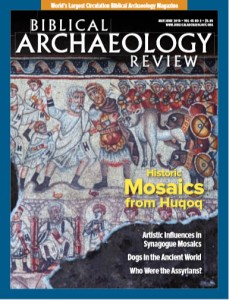
The Middle East of 2,000 years ago was a center of global trade and cultural exchange. Two great empires dominated the political scene, struggling for regional control—Parthian Iran in the east and Rome in the west. Between these superpowers and on their peripheries, distinct cultures and peoples contributed to the mosaic of the ancient world.
Titled The World Between Empires: Art and Identity in the Ancient Middle East, an exhibition at the Metropolitan Museum of Art in New York City focuses on diverse political, social, and religious identities as expressed in art between about 100 B.C.E. and 250 C.E. Through some 190 sculptures, wall paintings, clay tablets, architectural elements, jewelry pieces, and other precious artifacts, the show illustrates the striking diversity of identities, traditions, and religious practices in the region during this transformative period.
Evoking a journey along ancient trade routes, beginning in Arabian kingdoms that grew rich from the trade in frankincense and myrrh, the exhibit zeros down on regional hubs—such as Petra, Sidon, Baalbek, Dura-Europos, Palmyra, and Hatra—to explore the issues of long-distance travel and trade, intertwining religious practices, identity struggles of small polities against dominating powers, and the decline and ultimate disappearance of ancient institutions.
The curators also address the modern realities of the deliberate destruction and looting of archaeological sites, monuments, and museums in war-torn Yemen, Syria, and Iraq.
Already a library member? Log in here.
Institution user? Log in with your IP address.

